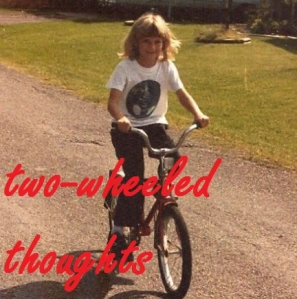Plot twists and a weirdly relatable serial killer offer readers a wild ride in this darkly comic thriller of grief and murder.
Joanna Wallace’s first novel, You’d Look Better as a Ghost, combines black humor and a realistic portrayal of grief with a serial killer, with whom readers are surprisingly inclined to empathize. This oddball story is both grim and unexpectedly entertaining.
When readers first meet narrator Claire, she is standing awkwardly at her father’s funeral, wondering at the strange behavior of the “serious-looking men in serious black suits… standing seriously too close and staring at me. Are they waiting for me to talk?” She assesses their comments, taking everything literally, contemplating human idiosyncrasies. She’s not all that good with people, and she’s also deeply grieving.
It’s not just grief. Claire has always struggled with the habits of those she calls “ordinary people,” a group she does not identify with. “Whenever I’m unsure of how I’m expected to respond, I use a cliché. Even if I’m not sure what it means, even if I use it incorrectly, no one ever seems to mind.” She lives alone outside of London, painting, running on her treadmill, and now wrestling with the loss of her father following a painful battle with early-onset dementia, psych wards, and abusive care homes. Her late father seems to be the one person she’s ever felt close to; flashbacks to childhood sketch a chilly if not disturbing portrait of her mother. Plagued by migraines, Claire gets a doctor’s referral to a bereavement counseling group. “I may not have cried, drunk to excess or wrung my hands in disbelief since Dad died but I’ve definitely become more reckless with my kills.”
Oh, yes: Claire is also a serial killer. She struggles with “ordinary people” to the extent that she often feels the need to end their lives, a process for which she enjoys taking her time. Her new bereavement group offers her potential outlets for her creativity, as well as new challenges.
In Claire’s witty, deadpan voice, You’d Look Better as a Ghost revels in dark humor. A new acquaintance “asks whether I want anything to eat. A slice of chocolate cake. That’s what I really want. But I’m mindful of the fact that I killed this woman’s sister fairly recently and the cake is ridiculously overpriced. So, I order a shortbread biscuit instead. Feels like the decent thing to do.” Claire has some very firm ideas of propriety; for example, pairing wellies with a kilt bothers her considerably more than dismemberment does. But the novel also deals seriously with the protracted grief of losing a loved one to dementia, and the potentially redemptive power of true friendship. Amid much irreverence, its themes are genuinely heartfelt and even sweet. This debut is fresh and unforgettable.
This review originally ran in the January 29, 2024 issue of Shelf Awareness for the Book Trade. To subscribe, click here.
Filed under: book reviews | Tagged: grief, horror, humor, Shelf Awareness, thriller | Leave a comment »
















